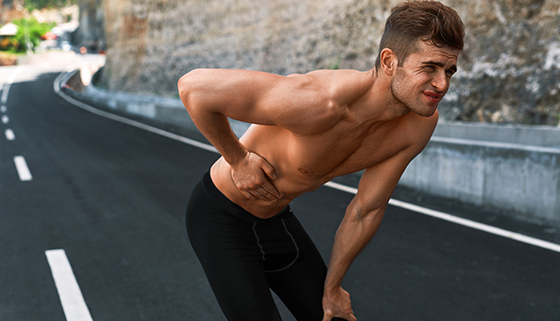
Although a sports hernia is not a common pathology, we have been hearing more about these injuries in the news with professional athletes. I recently completed a hip course where this topic was discussed and since a sport hernia is one of the least understood pathologies in athletes, I decided to write about what we do know at this point.
Only 2-5% of athletic injuries are groin related and are more common in males. There are many terms that describe the same pathology: sports hernia, athletic pubalgia, hockey groin, ostetis pubis, gracilis or pectineus syndrome. There are many anatomical structures (muscles, tendons, ligaments, and joints) that can be involved with a sports hernia. The most common muscles involved are the rectus abdominus and adductor longus. Injuries can range from a strain to small
Unlike a traditional hernia, there is no hole in the abdominal wall so you won’t see a bulge under the skin. There will be pain in the lower abdominals or groin which can radiate to the inner thigh. Pain increases with activity, especially running or cutting. However, with more severe injuries, pain can be at rest. Symptoms are also aggravated by increased intra-abdominal pressure like coughing or sneezing.
So why does this happen? Sports hernias are seen mostly in sports where frequent rotation or twisting are occurring: baseball, tennis, dance, soccer, football. Risk factors for developing a sports hernia are hip impingement or hip dysplasia, which are structural problems we can’t really control, and core weakness or muscle tightness, which we can control. Doing high intensity, repetitive motions without the proper strength or flexibility may eventually cause a sports hernia
Sports hernias are hard to diagnose which make obtaining the proper treatment challenging. Diagnosis is really based on exclusion. A health professional would assess your low back, SI joint, hip, and the surrounding muscles to make sure another condition isn’t present. Once a sports hernia is diagnosed, physical therapy will help to strengthening all the surrounding muscles of your core and hips and work on trunk stabilization to minimize shear or stress at the affected tissue. As your strength improves and pain decreases, you can slowly return to your sport. If your pain persists after a comprehensive bout of physical therapy and rest, injections or surgery as a last option can be helpful.
– Nicole
FREE PHONE CONSULTATION: (651) 275-4706